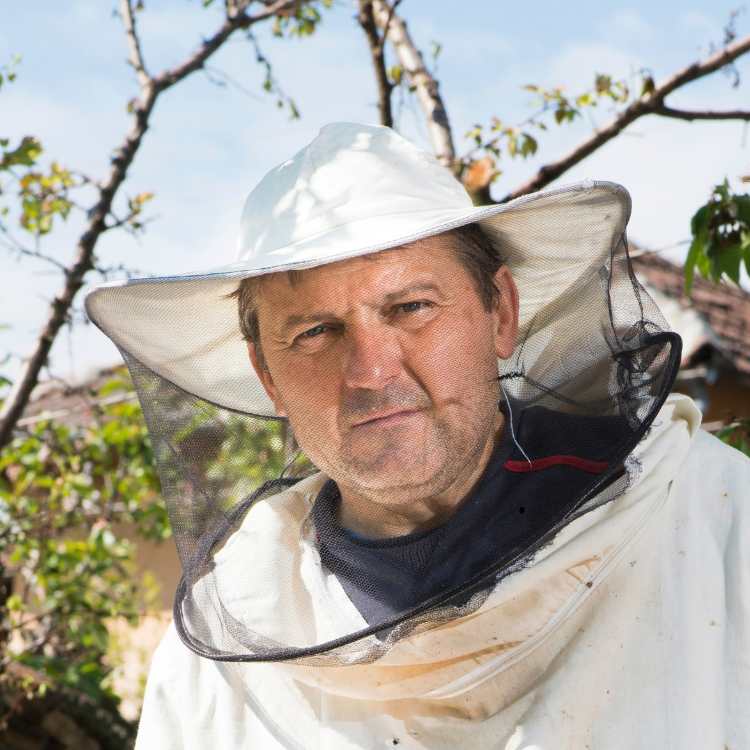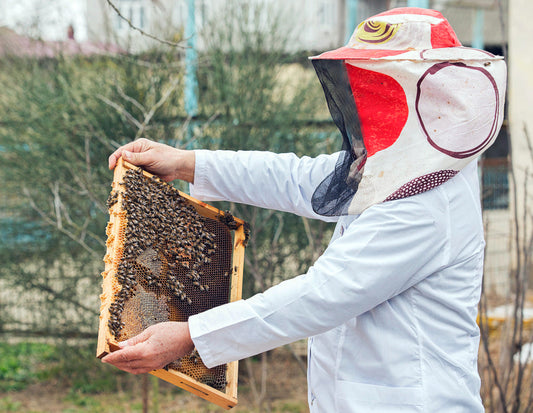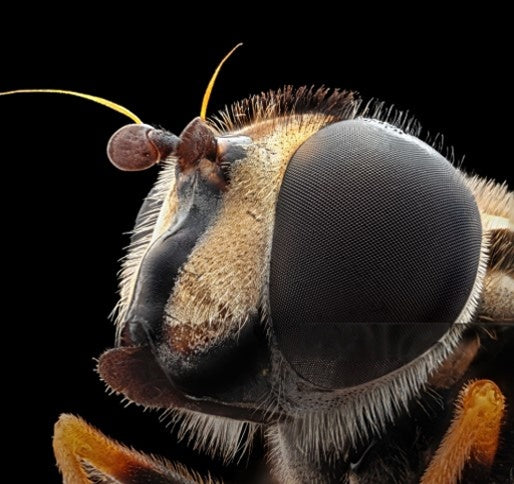Beekeeping can be a super rewarding experience with the right mix of challenge and satisfaction. But all of it starts with one big decision: choosing the right beginner beekeeping kit. A good kit sets you up for success. A bad one can leave you frustrated and out of pocket. Here are our practical tips that should help you pick the right one, based on real experience in the bee yard.
Why choosing the right beginner beekeeping kit is so essential?
Your choice of a beginner beekeeping kit determines the entirety of your first season. Starting out with the right tools means fewer mistakes and a better experience for both you and your bees. Many new beekeepers realize this a little too late after they find that their kit is missing some essential equipment or that the quality isn’t good enough to last through the season. The perfect beginner beekeeping kit saves time, money and effort, letting you focus on what really matters.
What is included in a good beginner beekeeping kit?
To become an experienced beekeeper, you will need to get the basics right. Every solid beginner beekeeping kit should come with the following essentials.
- Bee suit: Offering full body coverage with a veil to protect against stings.
- Gloves: Tough but flexible enough to work smoothly.
- Smoker: Essential for calming bees and working safely with them.
- Hive tool: The beekeeping equivalent of a crowbar.
- Bee Brush: Gently moves the bees without hurting them.
- Manual: A Comprehensive instruction manual.
Some kits also come with assembled hives or frame,s so keep an eye out for those bundles when shopping. The more you have ready out of the box, the quicker you can dive into the real work.

Top considerations when shopping for your first beginner beekeeping kit.
Budget smartly
Your budget is going to play a crucial role here. But it shouldn’t be the only deciding factor. The cheapest kit often will lead to regret. Instead, we suggest aiming for the more value for money options. A slightly more expensive kit that last for years is automatically going to be much better than a cheap kit that falls apart mid season. It is important to remember that beekeeping needs time and patience from you. And faulty gear is only going to lead to frustration.
Brand matters
Not every beginner beekeeping kit is going to be worth the price. Some brands put together some cheap gear under flashy packaging. So, before you buy, spend some time online doing a bit of research. Look for a brand that real beekeepers use. You will find valuable insights in online forums, local beekeeping groups and online product reviews. Going with a known brand is going to be much safer than betting on a random kit with a huge discount.
Pick the right hives for your needs
Before picking a beginner beekeeping kit, know what type of hive you plan to use. Most kits out there cater to the Langstroth hives, the standard in the US. But you can always find options for other types. Make sure your kit includes all the equipment suited to the hive of your hive type-frames, foundations and covers, especially. Mixing and matching parts from different systems can lead to trouble down the line.
Try preassembled options
We know! It can be super tedious to build hive boxes all by yourself. Assembling, setting them up, and everything can be very confusing, especially for new beekeepers. Preassembled brood and super kits can be a great option. They come ready to go so that you don’t need to fumble around with wood glue and nails. A beginner beekeeping kit that includes assembled components lets you start faster with fewer assembly errors. Even experienced beekeepers appreciate gear that is ready to roll.
Garden hive kits for small spaces
Urban beekeeping is booming. If you have limited space, a garden hive might be the right answer. Some beginner beekeeping kit options cater to smaller yards or rooftop setups, often including hive designs and features like observation windows. These setups make it easier to monitor bee health without disruption and are a great way for the folks in the city to do their part in the sustainability efforts to save the bees.
Common mistakes to avoid
- Ignoring price for quality: Cheap gear usually ends up costing more in the long run.
- Overlooking missing essentials: Always double check what’s included.
- Not thinking about hive compatibility: Make sure parts match your plans.
- Skipping research: Trust but verify. Read multiple reviews if necessary.
- Buying gear you won’t use: Focus more on the core tools. Not the fancy bells and whistles.
These traps can be costly, so try and avoid those.
Final thoughts
Choosing your first beginner beekeeping kit does not need to be complicated, but requires a huge attention to detail. A smart investment at the start can mean the difference between a thriving hive and a frustrating first season. Once you have the right beginner beekeeping kit, the real adventure begins. Suit up, light your smoker, and step into the world of bees. With the right tools in hand, you are practically halfway there.
Learning about bees and beekeeping is super fun. Follow our full blog for more such amazing stories for the world of bees.




